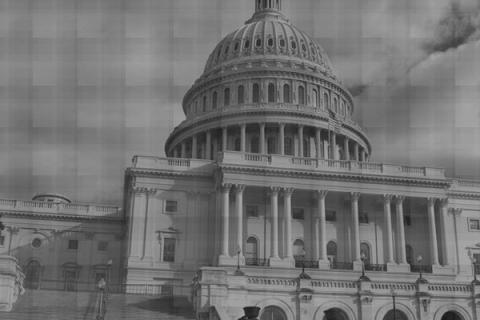The annual Wiretap Report released by the Administrative Office of the U.S. Courts only captures the tiny tip of our vast electronic surveillance iceberg, but it does at least provide a lot of useful data about one type of government spying: Eavesdropping on phone calls in the course of criminal investigations. And so each year, the handful of journalists who keep an eye on this sort of thing dutifully report the bottom line number, and how much of an increase (usually) or decrease (very occasionally) it represents over the previous year’s number. But there’s an important qualifier: The number that makes it into the headlines is consistently 600-700 wiretap orders short, compared with the amended numbers quietly released years later. And the discrepancy between the headline number and the final estimate has been getting worse over time.
In 2001 and 2002, about 12 percent of the wiretap orders ultimately included in the official tally for those years were reported to the Administrative Office after their filing deadline—and therefore not included in the Wiretap Report for that year, or any of the press coverage surrounding it. By 2006 and 2007, fully 25 percent of wiretap authorizations weren’t counted in the report for that year. By 2008, it was more than 28 percent. While the headlines reported a 14 percent decline in wiretap orders for that year—to “only” 1,891—the current amended tally stands at 2,632. That’s a more modest 10 percent decline over the previous year’s amended number—and in fact it’s quite probably less than that, because future reports are likely to keep increasing the tally for those years, with the biggest amendments typically made to more recent years, further closing the gap.
The percentage of late-reported wiretap orders for 2009 and 2010 drops a bit—but almost certainly that’s because there are plenty that still haven’t been reported. The summary of supplemental reports from this year’s Wiretap Report, covering 2011, added dozens of late reports each year from 2006 and 2007; hundreds per year for 2008–2010. Extrapolating that trend forward, we can pretty confidently predict that this year’s estimate of 2,732 wiretap orders is a significant undercount, that the real figure is closer to 3,300 or 3,400, and that we won’t actually have a realistic estimate for another three or four years. All that, of course, assumes that the AOUSC does eventually get a reasonably complete accounting of wiretap orders—though when we’re seeing hundreds of late reports coming in two and three years after the statutory filing deadline, it doesn’t seem entirely unreasonable to suppose that some slip through the cracks entirely.
In any event, this is unfortunate for a couple reasons. As I suggest above, what gets prominently reported is almost always just the prior year’s number in the most recent report—which means the further off that number is from the ultimate estimate, the more distorted the picture the public gets. I informally queried a few journalists who write in this area, and found that even the very knowledgeable ones were unaware that the numbers were typically revised up by such a large number. Moreover, the deep-dive analysis in each year’s report is, unsurprisingly, focused on the previous year’s activity based on whatever data they have at the time. If they’re missing 28 percent of the data points, that analysis is less likely to represent reality faithfully. None of this is the fault of the AOUSC—they’ve got to work with whatever hundreds of judges and prosecutors manage to get them by their deadline—but it’s a big enough gap in the data that it deserves to be flagged in the press coverage of each year’s numbers.
–
This article, originally published at Cato at Liberty by Julian Sanchez, is reprinted with permission from the Cato Institute.

